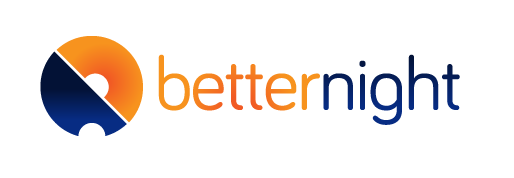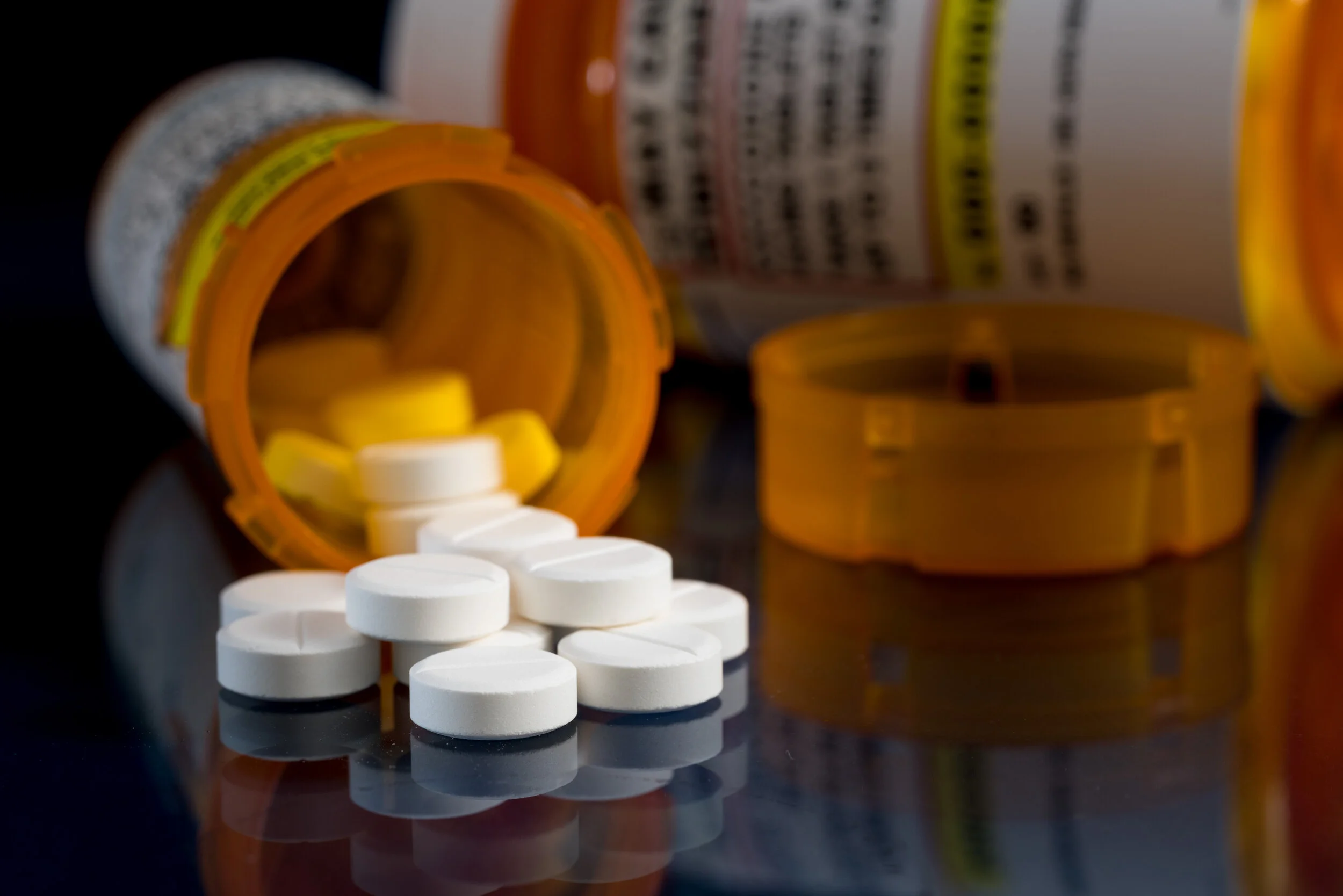Peerbridge Health and BetterNight are partnering on a unique new care management solution designed specifically for cardiology practices for earlier identification, treatment, and optimization of ongoing care management of patients with atrial fibrillation (AFib) and obstructive sleep apnea (OSA).
Read MoreWhile sleep apnea has been well-researched within the field of sleep medicine, its connection to the field of ophthalmology is still gaining traction. New studies reveal the association between sleep apnea and several eye disorders including glaucoma, Floppy Eyelid Syndrome and NAION.
Read MoreWhile both men and women suffer from Obstructive Sleep Apnea, men are diagnosed eight times more often than women and are twice as likely to have sleep apnea, according to sleepfoundation.org. The key differentiators in how sleep apnea presents in women versus men are best defined by their unique symptoms and even by how sleep apnea is defined. Research from the Johns Hopkins Hospital Sleep Disorders Center found that OSA symptoms in women are often not present at all or are very subtle.
Read MoreResearch supporting the connection between COVID-19 infection rates and obstructive sleep apnea has focused primarily on shared co-morbidities and medical risk factors. New research reveals that people who suffer from severe obstructive sleep apnea are at greater risk for contracting COVID-19.
Read MoreWhile comorbidities of obstructive sleep apnea have been well researched and documented, new mental health research reveals that depressive symptoms are highly prevalent in people with obstructive sleep apnea. According to Healthline, over 16 million people in the United States suffer from depression, and over 75 percent of people with depression have some form of sleep disorder.
Read MoreThe dynamics of the Philips Respironics recall (WSJ: Roland, D, 8/17/21) requires all sleep physicians to consider non-CPAP therapies for patients diagnosed with Obstructive Sleep Apnea (OSA). The timeline for Philips to rectify their situation due to foam degradation and its consequences is unknown. Currently, ResMed PAP related devices are on backlog. Additionally, many of the 3 million patients affected by this recall may be reluctant to try CPAP again or simply prefer alternative treatment.
Read MoreThe opioid epidemic in the United States has claimed the lives of over 500,000 people since 2000. But for those who depend on opioid use for long-term pain management, there is a new call for alarm. Recent research shows a concerning connection between opioid use and a variety of sleep-related breathing disorders, including obstructive sleep apnea.
Read MoreUnderstanding the link between obstructive sleep apnea and Alzheimer’s disease begins with understanding the role sleep plays in our cognitive health. Years of studies have confirmed that the brain, once thought to be passive during sleep, is actually very active and dependent on sleep to carry out important functions. Comparing the characteristics of obstructive sleep apnea and Alzheimer’s disease and their connection to impaired sleep further substantiates what researchers are continuing to discover; that there is a definite correlation between these diseases.
Read MoreRecently, Bill of the Month, a crowdsourced investigation of noteworthy medical bills, featured the story of Jose Mendoza, a 61-year-old truck driver who suffered from high blood pressure and obstructive sleep apnea. Mr. Mendoza was diagnosed with OSA 15 years earlier and prescribed a continuous positive airway (CPAP) device to help with his condition. But after about a month, Mr. Mendoza stopped using his equipment because he found it noisy and uncomfortable.
Read MoreThe escalating prevalence of sleep-related conditions such as sleep apnea, with its severe co-morbidities, has elevated sleep medicine to greater significance as an emergent medical practice area. BetterNight offers a complimentary end-to-end sleep care management solution that alleviates the financial and operational burden, helping health systems reach their business goals.
Read MoreThe American Association of Sleep Medicine estimates that untreated sleep apnea costs $30 billion annually in increased healthcare utilization and medical costs associated with these comorbidities. Treating Obstructive Sleep Apnea not only improves health but also reduces the economic burden put on our healthcare system.
Read MoreIt is estimated that over 900 million people worldwide suffer from Obstructive Sleep Apnea, more than 10 times the previous estimate, according to data presented by ResMed. Often overlooked is that Obstructive Sleep Apnea has chronic comorbidities, including cardiovascular disease, diabetes, and hypertension.
Read MoreHCAP Partners, a California-based private equity firm and nationally recognized impact investor, today announced its series B investment in BetterNight, one of the nation's leading comprehensive virtual-care sleep health solutions.
Read MoreThe trucking industry plays a critical role in the US economy, providing a vital link between manufacturers and consumers. According to the American Trucking Association (ATA), there are approximately 3.6 million professional truck drivers in the United States, making driving a truck one of the nation's largest occupations.
Read MoreHeart disease is the leading cause of death in the United States, and the latest statistics are quite sobering. According to The Centers for Disease Control and Prevention, one person dies every 36 seconds from cardiovascular disease.
Read MoreArtificial Intelligence (AI) is one of the most prevalent and transformative technologies available today. In addition to its visibility in the tech sector, AI has been strategically integrated across businesses as diverse as Netflix, Spotify, The New Yorker Magazine and the BBC World News.
Read MorePatients who suffer from sleep disorders such as sleep apnea and insomnia are more likely to suffer from other chronic diseases, including diabetes, cardiovascular disease, hypertension, obesity, and depression.
Read MoreDaylight Saving Time will be ending on November 1, 2020, at 2:00 a.m., at which point we will turn our clocks back one hour. While this is often referred to as “falling back,” the idea that you are “gaining” an hour of sleep is really a fallacy.
Read More

















